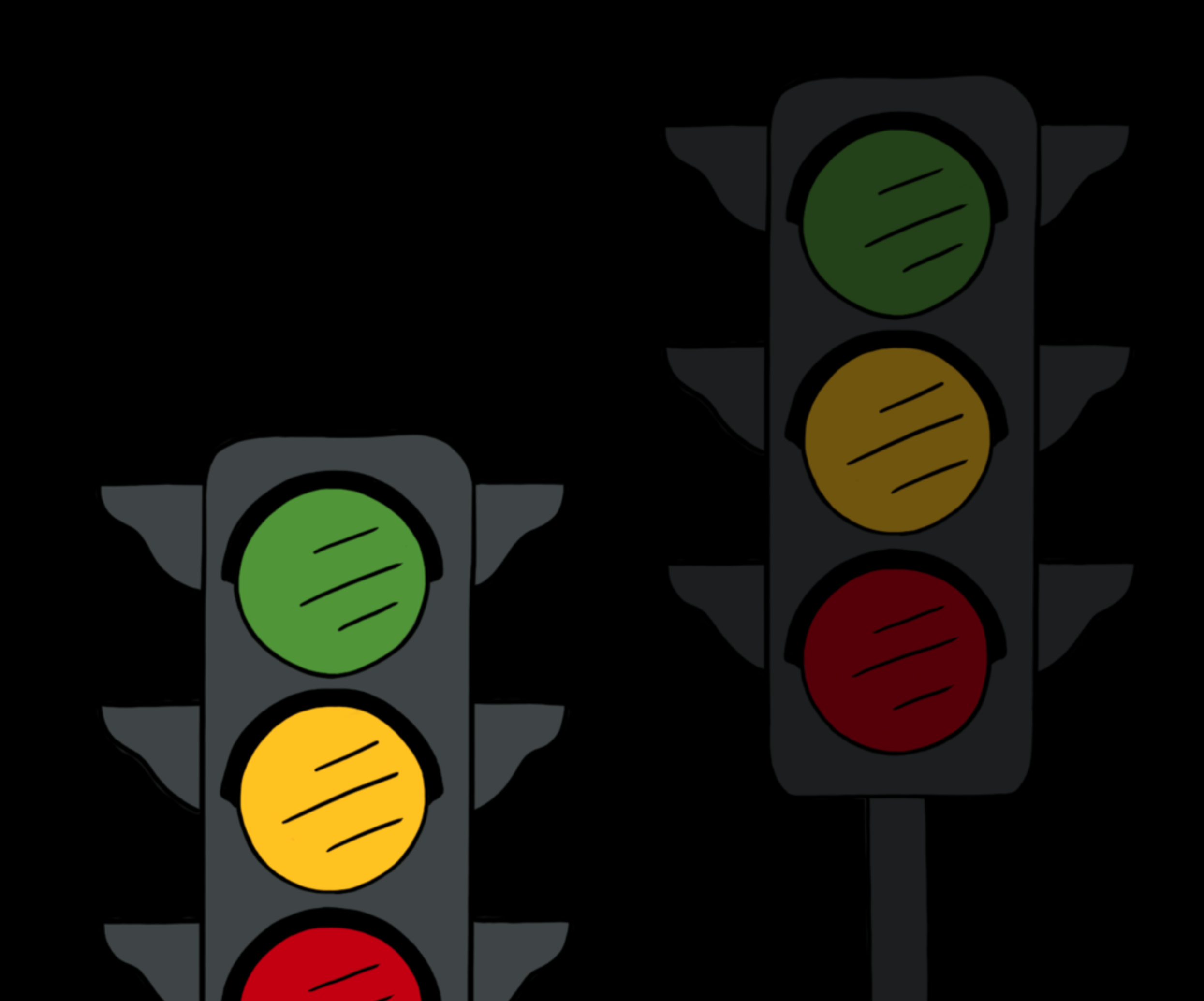
Polyvagal Theory
Welcome to your first lesson from Stabilise.
In my opinion this lesson is the most important one to learn, even if the name sounds kind of boring. Polyvagal theory is so helpful for understanding how your nervous system works, and how this can affect your mental health.
What is the nervous system
If we go back to high school science class for a sec, we'll remember that the nervous system is made up of the brain, our spinal cord and our nerves.
It controls how you think, how you feel, what your body does, and how to react when there's an emergency.
To sum it up at its most basic level - our nervous system is in charge of keeping us alive, and a big part of its job is to do this by keeping us safe.
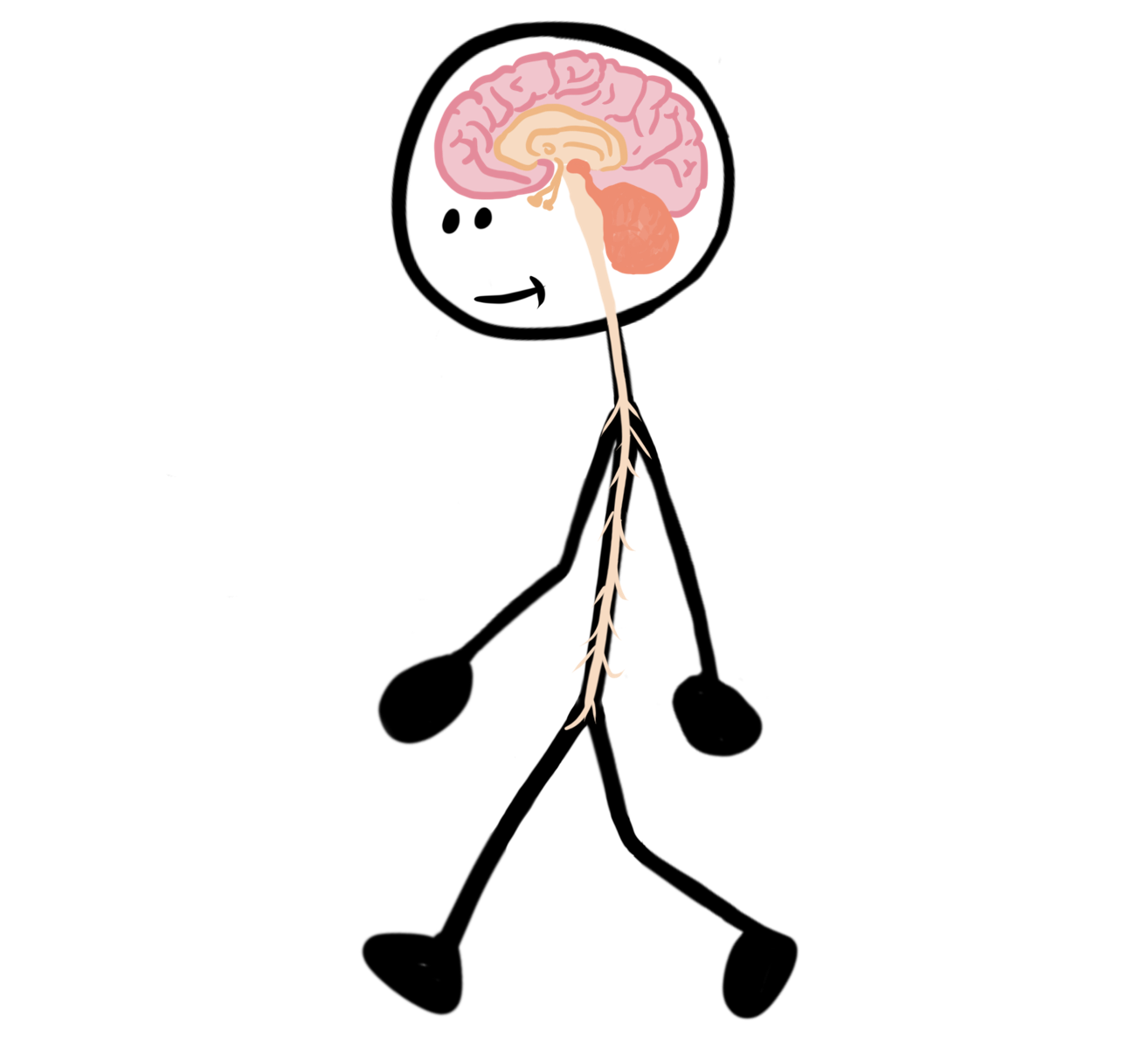
How our nervous system protects us
Because of this job to keep us safe, our nervous system is always on guard - scanning our environment for signals of safety and danger every millisecond of every day.
This is an automatic process of the nervous system that happens below our conscious awareness, so that we are always ready to respond to whatever is happening around us - whether that's something as benign as a bird flying overhead, or something more serious that we need to attend to.
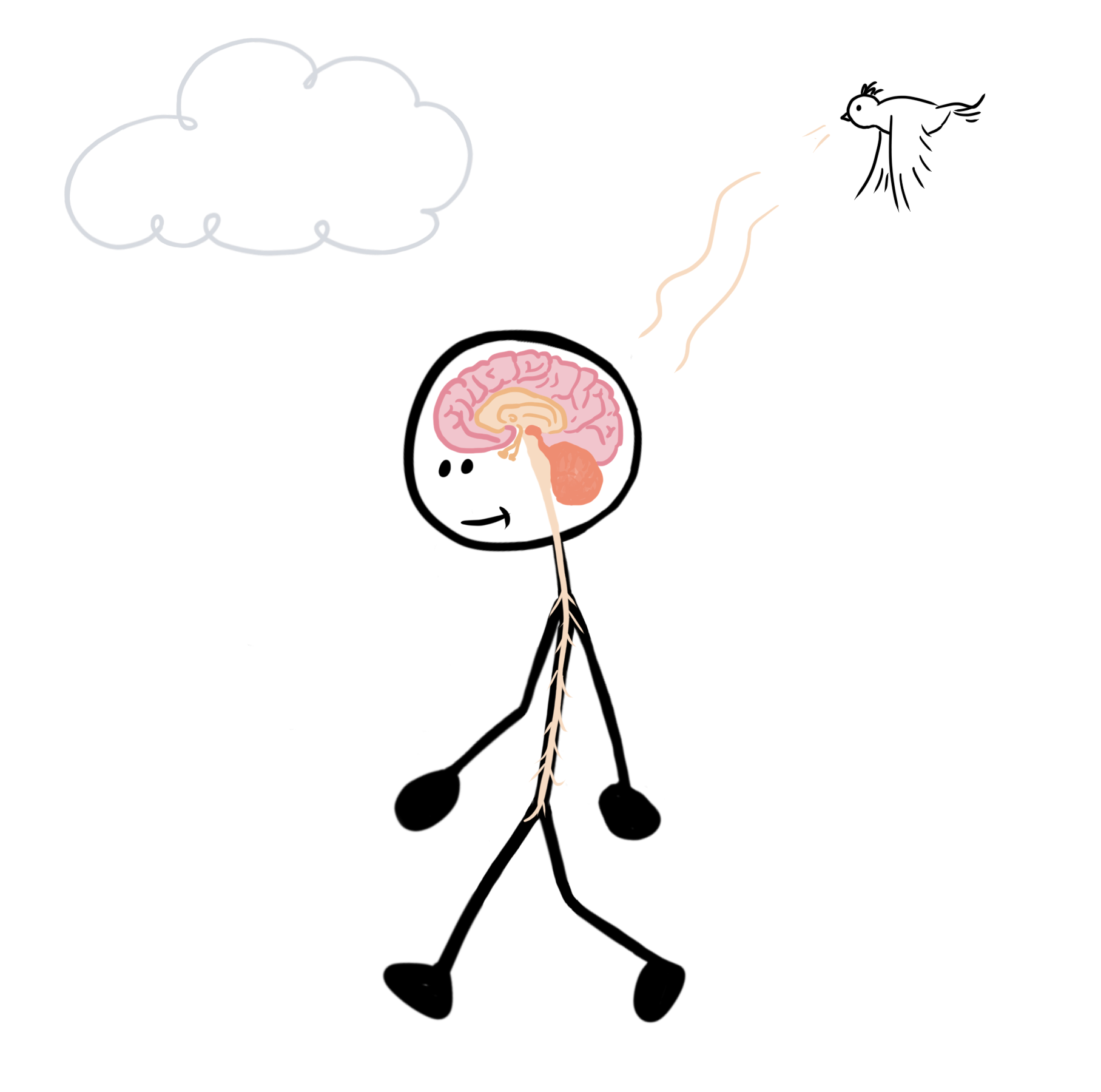
Polyvagal theory
Polyvagal theory explains that our nervous system can respond to these signals via three different pathways, which sit on a ladder:
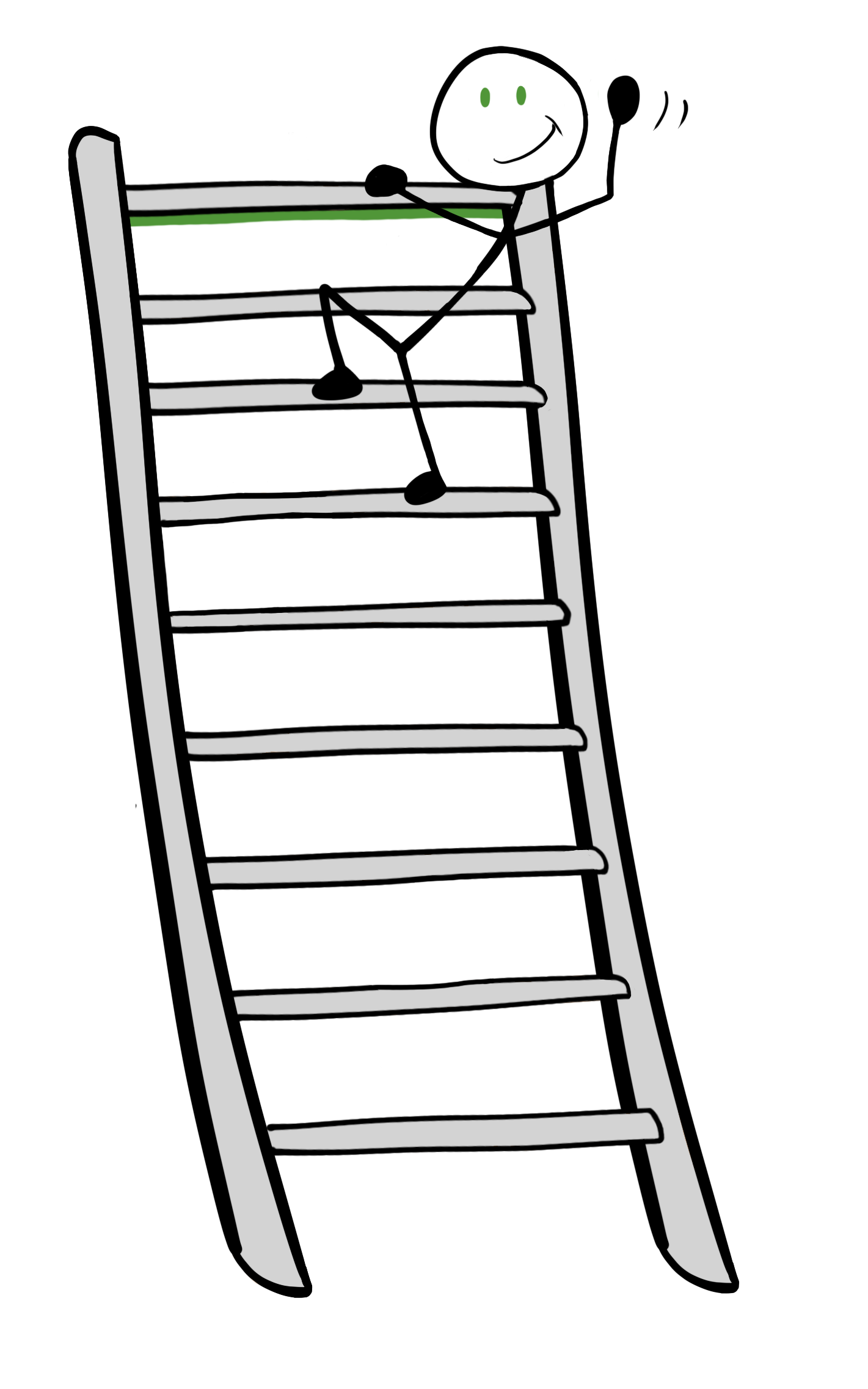
Ventral Vagal Activation
i.e. Social Engagement System
"I feel SAFE"
Here we feel safe, calm, connected, open, and able to talk to others.
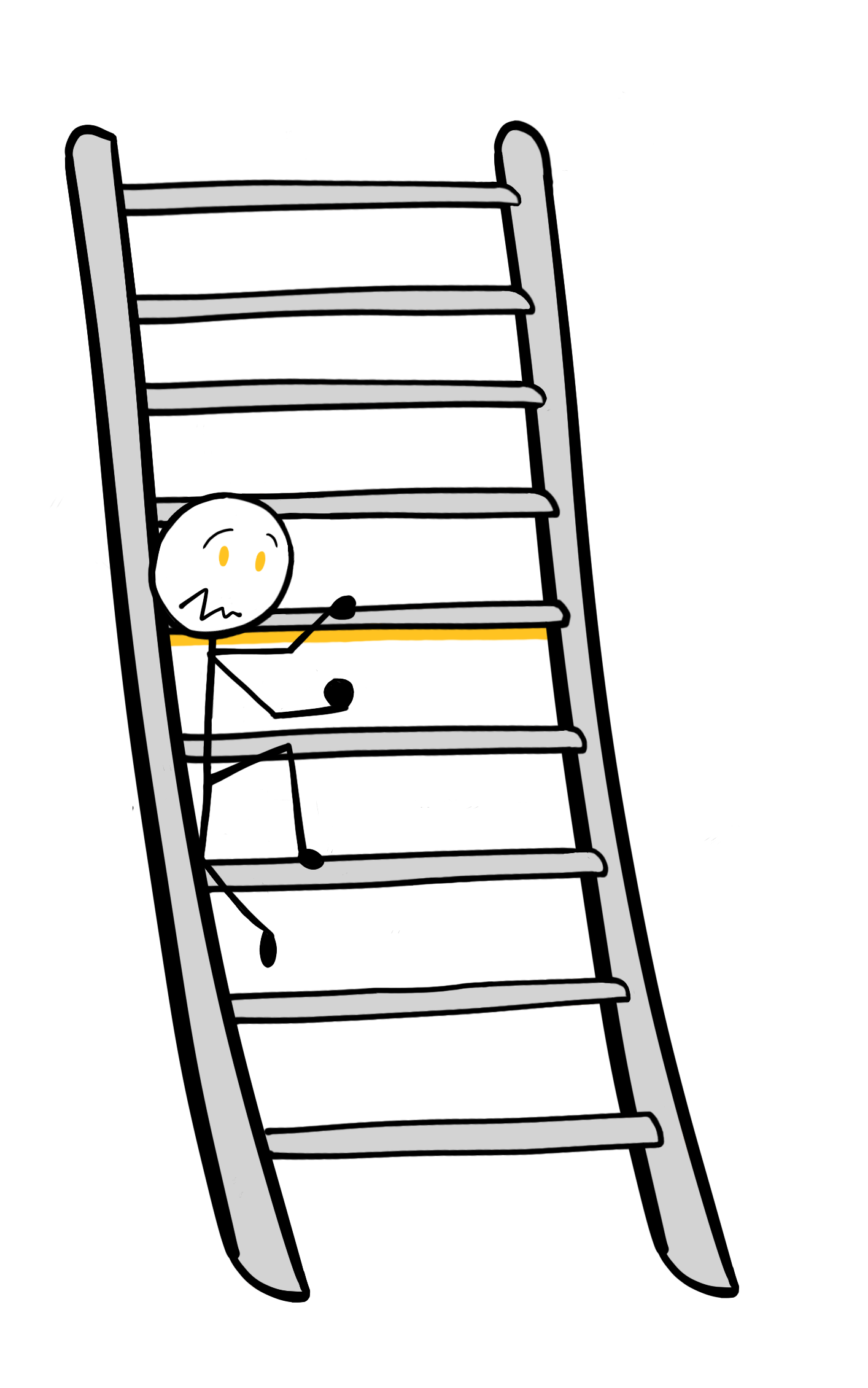
Sympathetic Activation / Mobilisation Response
i.e. Fight & Flight
“I feel DANGER”
Here we can feel anxious, agitated, stressed, tense, or overwhelmed.
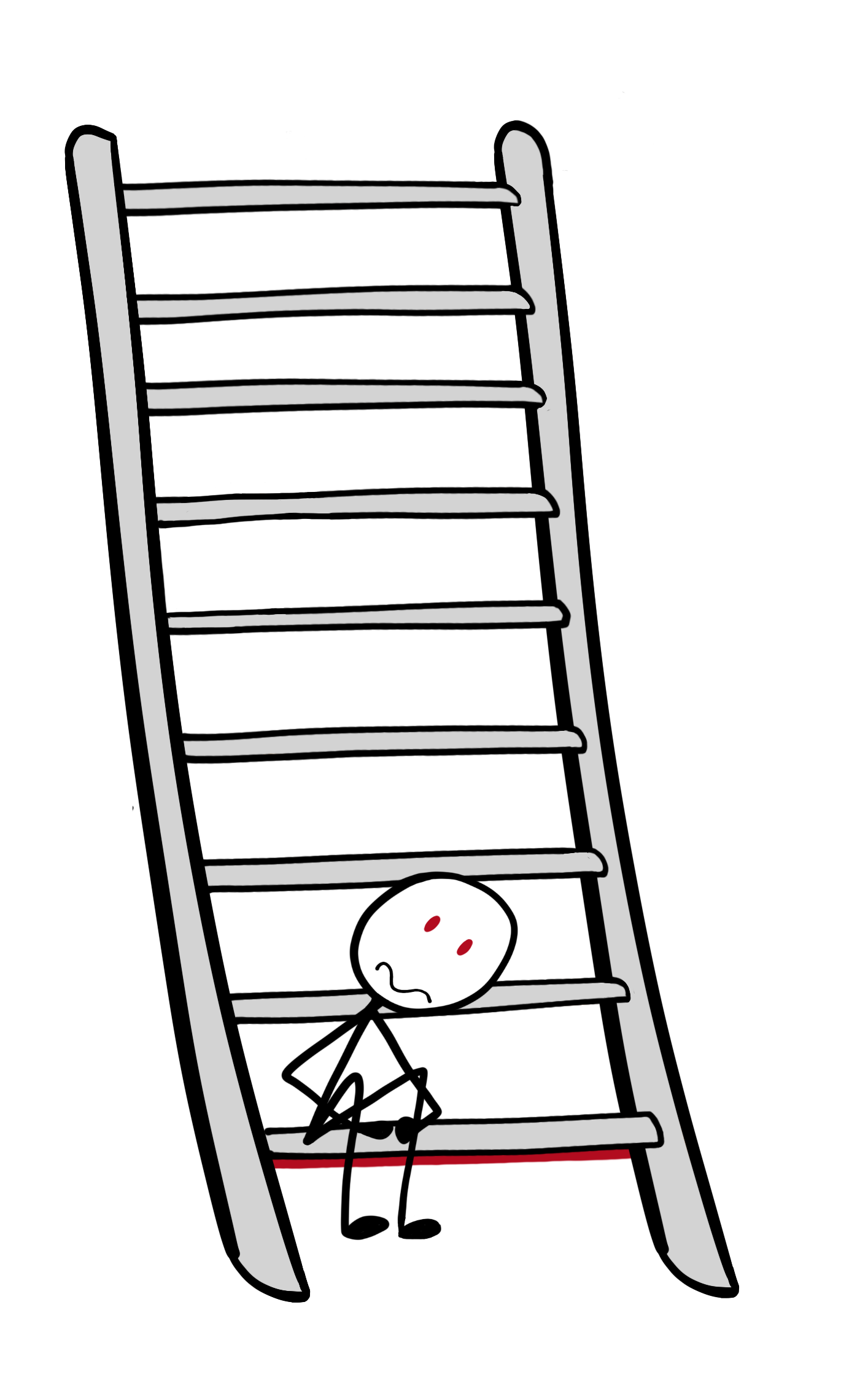
Dorsal Vagal Activation / Immobilisation Response
i.e. Collapse
“I feel SHUT DOWN”
Here we may feel numb, low energy, disconnected, or depressed.
Nervous system "zones"
Some people like to think of these responses as an upside-down traffic light, where:
Green means ‘GO’ or ‘SAFE’
Yellow means ‘DANGER’
Red means ‘STOP’ or ‘SHUT DOWN’
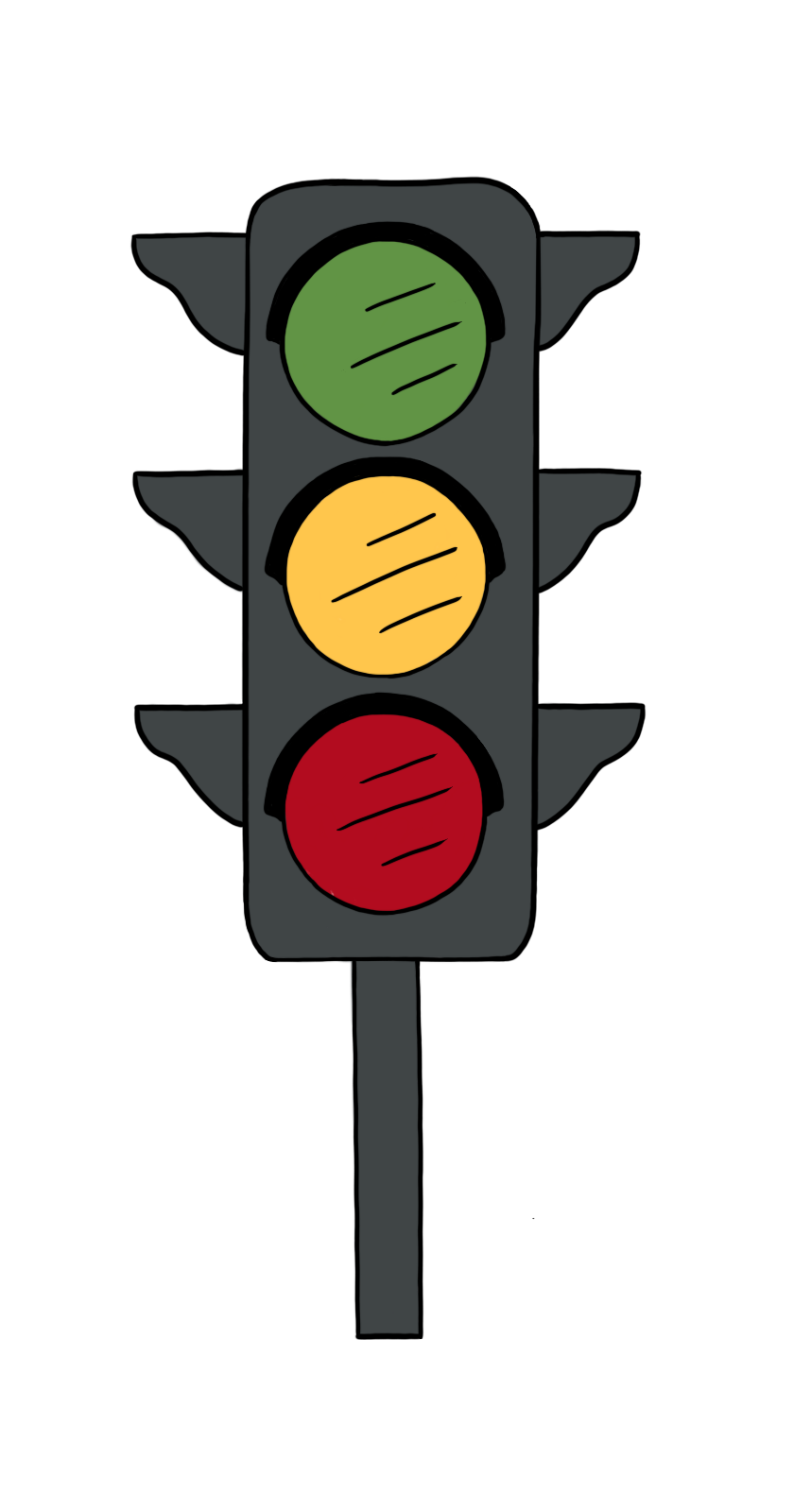
I like to call these the different zones of the nervous system.
Why our nervous systems are like this
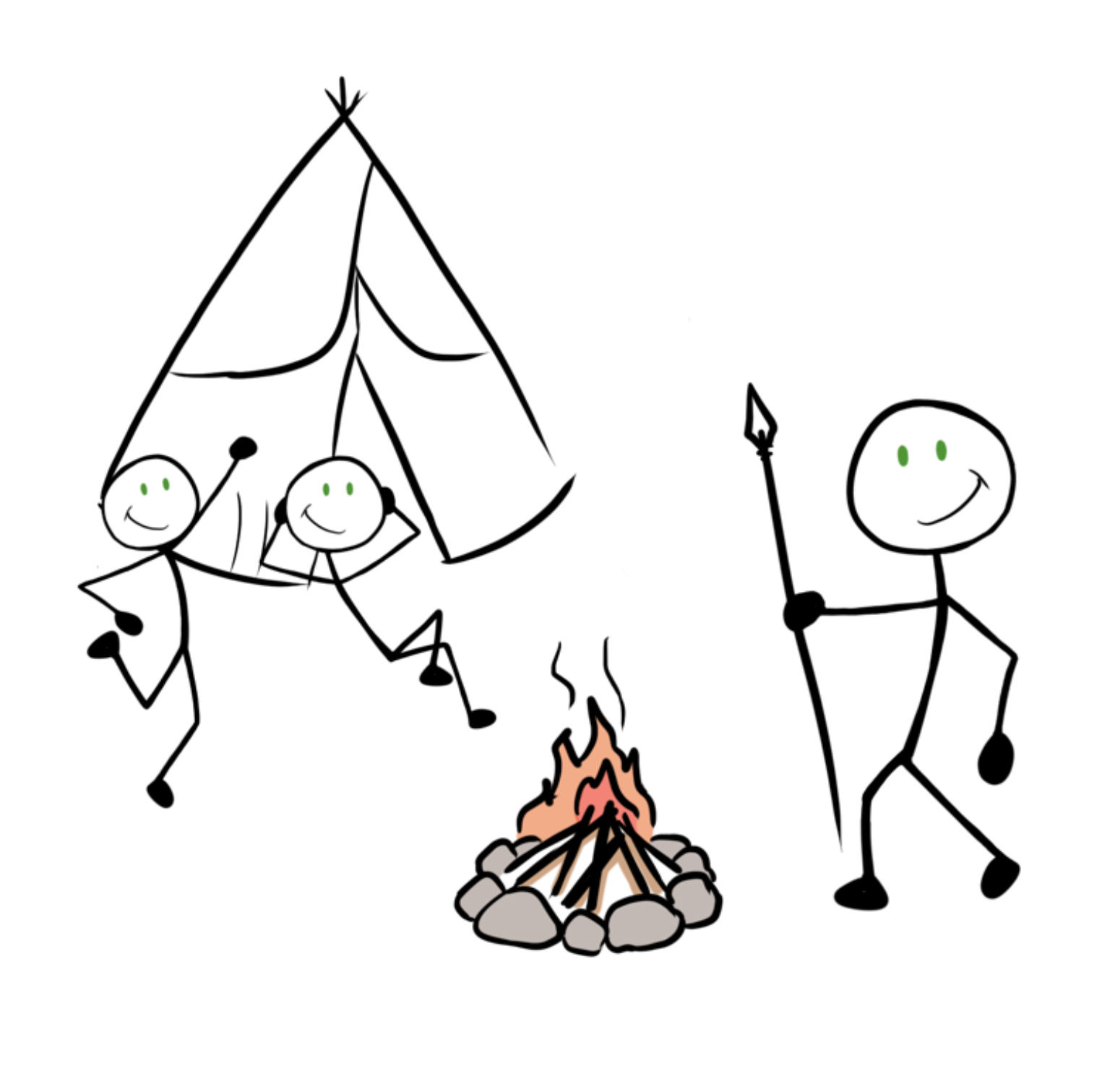
What’s important to remember is that these nervous system responses developed in human bodies long ago as a way to keep us safe, back when humans faced daily threats to their survival from hunting and living in the wild.
Most of the time we would live at the top of the ladder in the “SAFE” mode, talking to friends, and feeling calm and open in the world.
Our nervous system developed these other stress responses so that if we sensed something like a grizzly bear charging towards us, our bodies would automatically switch into the “DANGER” response down the ladder and fight or run away.
And then, if there was no way to fight or flee, it would move to the bottom of the ladder and go into “SHUT DOWN” in order to kind of play dead and stop us from feeling too afraid of the bear, or… feel too much pain if the bear got us.
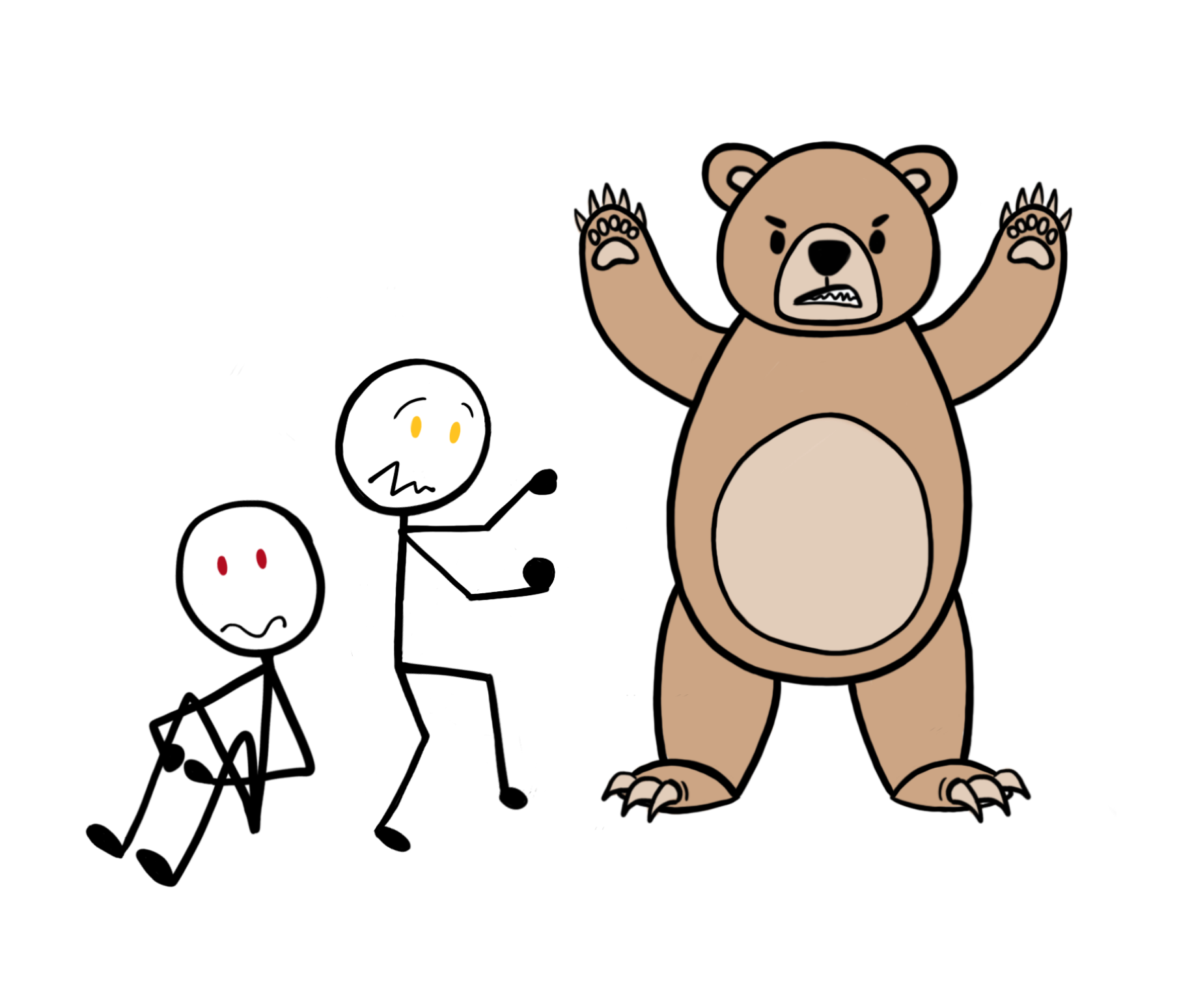
Then once the danger's passed, we could move back up to the top of the ladder and feel safe and open with our tribe once again. This is a totally normal and important response that can still protect us today if we are faced with some sort of threat.
Living in a modern age
But now because we’re in this modern age, what causes stress can look kinda different. Our minds and bodies can sometimes respond to issues that we face in our lives – such as conflict with family, pressure to achieve at work, not fitting in, or other traumatic events - with the same “DANGER” or “SHUT DOWN” stress response that we’d get from the bear. This can feel uncomfortable and confusing, especially when we don’t understand what it is that sets us off. We’ll talk more about the causes of stress and trauma in a later module.
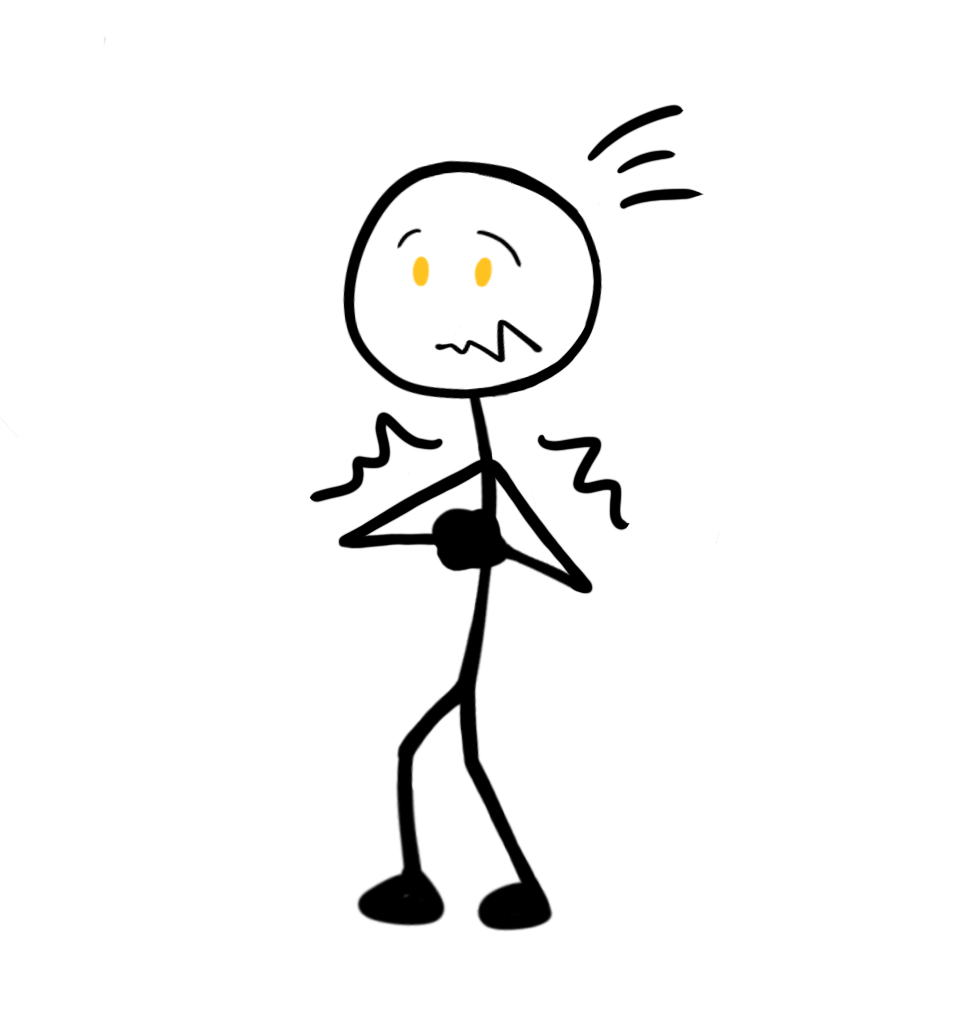
For now, what's important to know is that because there’s often no clear way to fight or run away from these triggers like you would a bear, sometimes we might not know how to discharge that energy or settle the nervous system in order to climb back up the ladder into that green, safe zone. Our nervous system can become dysregulated, and get more easily stuck somewhere down the ladder, even when there isn't a clear threat in front of us.
Sometimes being stuck in the yellow or red zone down the ladder can mean we start to have physical symptoms in the body, or negative thoughts about ourselves, which can often take over our minds, impact our behaviours, or spiral out of control.
Becoming aware of these signs and signals for each zone can help us to start to recognise where we’re at and learn how to return to the top of the ladder when we need to.
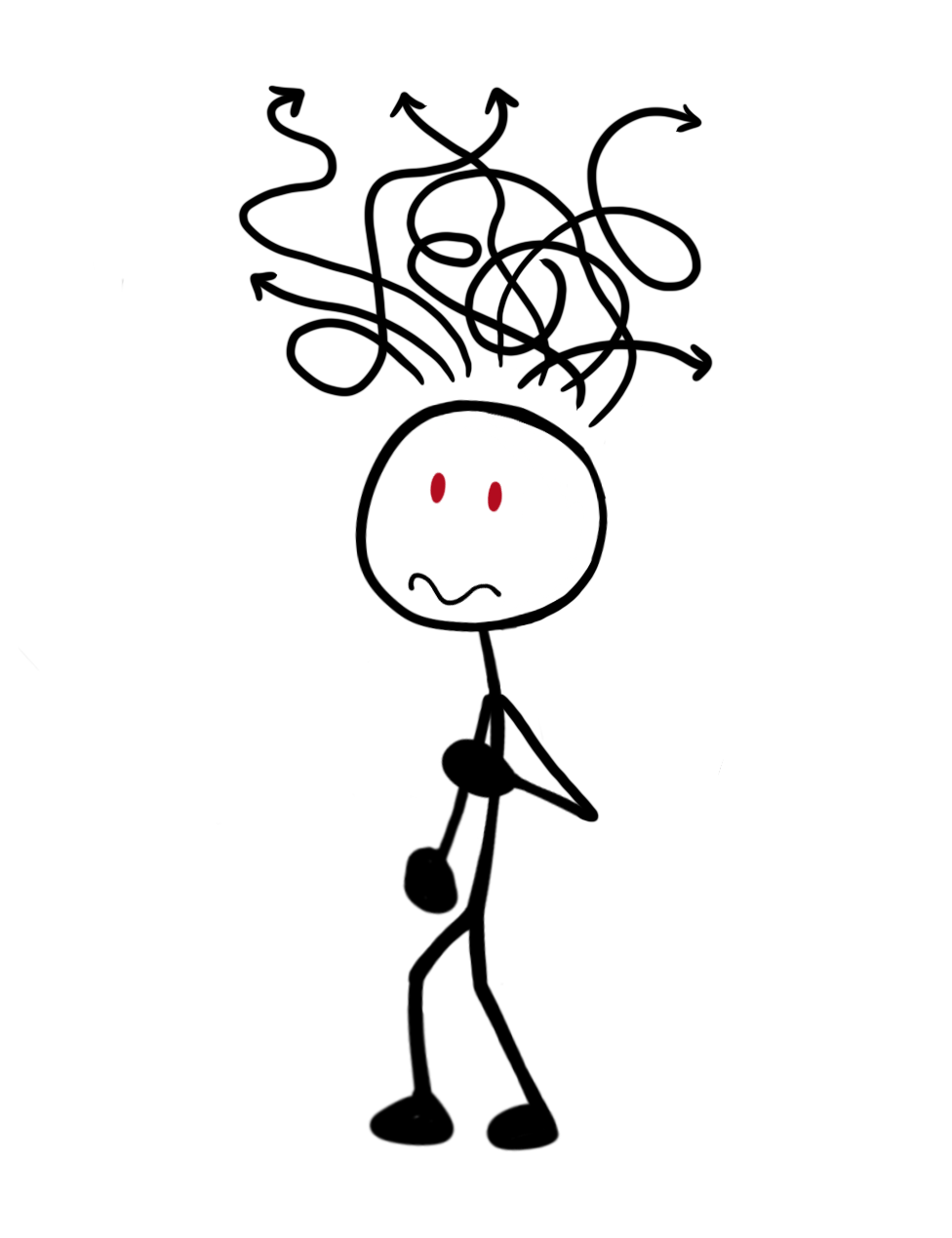
Remember: these responses are normal
It’s so important to remember that it’s completely normal and valid to have these feelings in response to different issues in your life. Having tools for climbing back up the ladder and into the green zone are simply there so that if you’re ever feeling overwhelmed or like it’s too much, you can know how to cope effectively and give yourself what you need.
Lesson Review
This lesson talked about the basics of polyvagal theory - how our nervous system responds to signals of safety and danger through three main pathways, and how this can become dysregulated.
The rest of this module is gonna go deeper into these different zones of the nervous system and how to recognise what each one might look like for you. We're also gonna go a lot more in depth into how our nervous systems work and the different mechanisms that are at play there.
Understanding this stuff can really help you get a better idea of what’s going on for you and your mental health, as well as how to find the things that can help you cope a little better.

